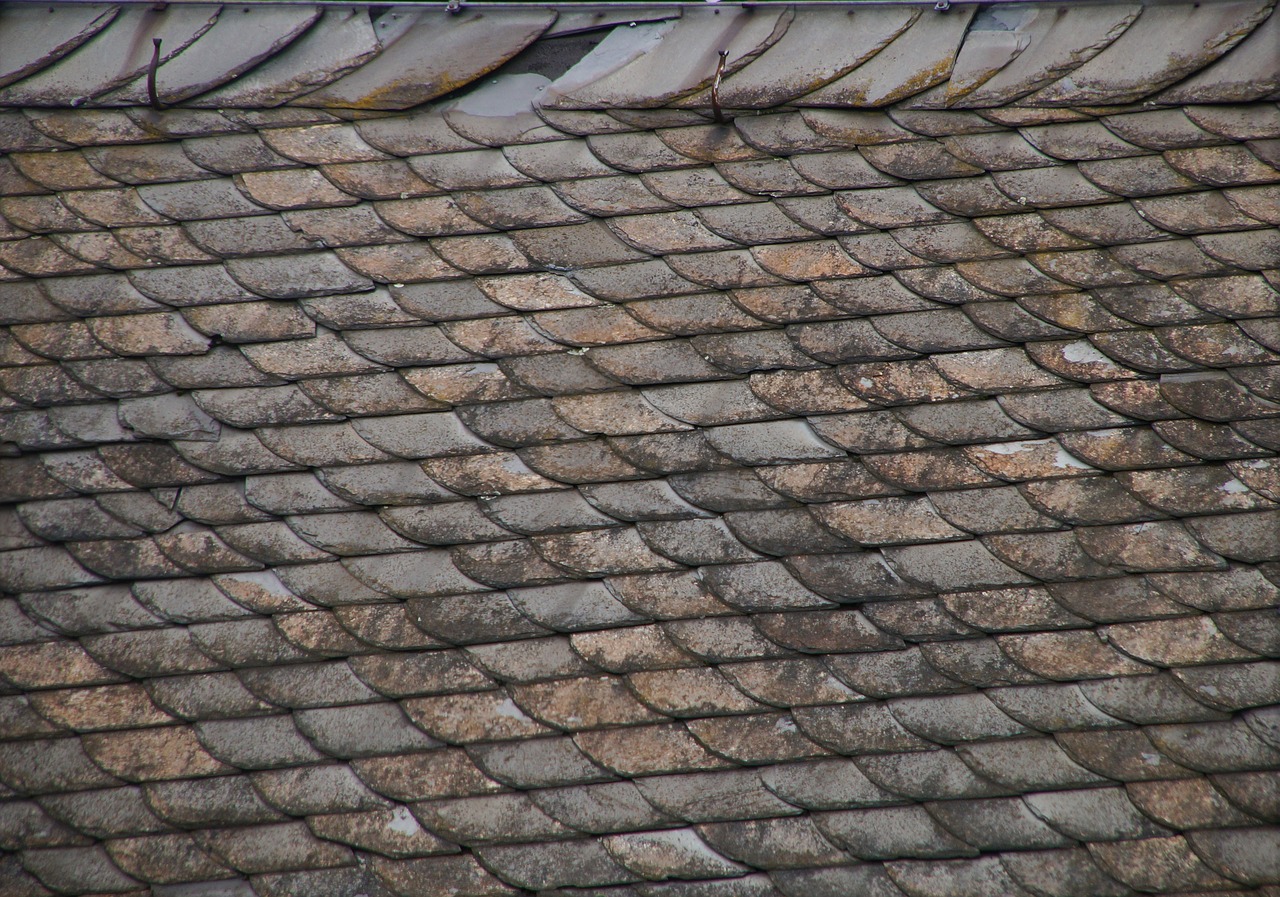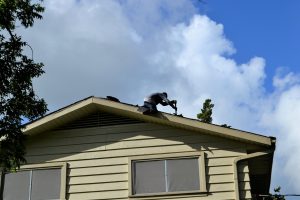Signs of Roof Water Leaks – A Comprehensive Guide to Identifying and Resolving the Issue
Introduction:
Having a leaky roof can be a nightmare for any homeowner or business owner. Not only can it cause damage to your property, but it can also lead to expensive repairs if not addressed promptly. In this comprehensive guide, we will explore the signs of roof water leaks and provide you with essential tips on how to detect and fix them. Whether you are a residential or commercial property owner in Brandon MS, this article will help you identify and resolve roof water leaks effectively.
Signs of Roof Water Leaks:
1. Water Stains:
One of the most common signs of a roof water leak is the presence of water stains on your ceiling or walls. These stains may appear as discolored patches or yellowish-brown spots. If you notice these stains, it is crucial to investigate further to determine the source of the leak. Remember, water stains don’t just disappear on their own, so it’s best to take action as soon as you spot them.
2. Dripping Sounds:
Do you ever hear mysterious dripping sounds when it’s not raining? If so, it could be a sign of a roof water leak. The sound of dripping water inside your home or business is a cause for concern and should not be ignored. Grab a flashlight, head into the attic or crawlspaces, and follow the sound to identify the location of the leak. Remember, it’s better to address the issue before it becomes a full-blown flood.
3. Mold or Mildew:
If you notice mold or mildew growth in your home or business, it could be a sign of a roof water leak. Water leaks create a damp environment that is perfect for mold and mildew to thrive. Not only is mold unsightly and can cause health issues, but it is also a clear indicator of a leak. If you come across any mold or mildew, especially near ceilings or walls, it’s time to call in the professionals to inspect and repair your roof.
How to Detect Roof Water Leaks:
1. Check the Attic:
The attic is often the first place to check for roof water leaks. Look for any signs of water stains, damp insulation, or wet spots on the floor. Inspect the entire area, including the corners and around any chimney or vent pipes. If you notice any dampness, it’s a clear indication that there is a leak in your roof.
2. Conduct a Visual Inspection:
Take a walk around your property and visually inspect your roof for any signs of damage or missing shingles. Look out for cracked, curling, or buckling shingles, as these are common culprits for roof water leaks. Pay close attention to areas where different roofing materials meet, such as valleys and flashing.
3. Utilize Water Testing:
If you suspect a roof water leak but cannot visually identify the problem, you can use a garden hose to conduct a water test. Start by spraying water on specific areas of your roof, focusing on one area at a time. Have someone inside your home or business to monitor for any signs of water penetration. This method can help you pinpoint the exact location of the leak for repairs.
How to Fix Roof Water Leaks:
1. Replace Damaged Shingles:
If the cause of the water leak is damaged shingles, it’s essential to replace them promptly. Remove the old shingles carefully and replace them with new ones, ensuring a proper seal to prevent future leaks. If you are not comfortable doing this yourself, it’s best to hire a professional roofer to ensure the job is done correctly.
2. Seal Roof Penetrations:
Inspect the areas where pipes, vents, and chimneys penetrate your roof. These openings are common entry points for water leaks. Apply a quality roof sealant or flashing around these penetrations to create a watertight seal. Remember to check and maintain these seals regularly to avoid any future leaks.
3. Clear Debris from Gutters and Downspouts:
Clogged gutters and downspouts can contribute to roof water leaks. When water cannot flow freely through the system, it can overflow and seep into your roof. Regularly clean out debris from gutters and downspouts to ensure proper drainage and prevent leaks caused by water buildup.
Common Causes of Roof Water Leaks:
1. Damaged Roof Flashing:
Roof flashing is a thin strip of material used to seal gaps between roof joints, such as around chimneys, vents, and skylights. If the flashing becomes damaged or deteriorated, it can allow water to seep in and cause leaks. Inspect your flashing regularly and repair or replace any damaged sections as needed.
2. Age and Wear:
Roofs, especially those made of asphalt shingles, have a limited lifespan. Over time, exposure to the elements can degrade the roofing materials, leading to leaks. If your roof is nearing the end of its lifespan or showing signs of wear, it may be time for a replacement to prevent any future water leaks.
3. Improper Installation:
Poor workmanship during roof installation can result in roof water leaks. If the roofing materials are not properly sealed or if corners are cut during the installation process, it can lead to vulnerabilities that allow water to penetrate your roof. Hiring a reputable and experienced roofing contractor is crucial to ensure a proper installation that minimizes the risk of leaks.
Preventing Roof Water Leaks:
1. Regular Roof Inspections:
Schedule annual roof inspections with a professional roofing company to catch any potential issues early on. A thorough inspection can identify weak points, potential leaks, and other areas of concern. Timely repairs and maintenance can help prolong the life of your roof and prevent costly water leaks.
2. Keep Gutters and Downspouts Clean:
Maintain a regular cleaning schedule for your gutters and downspouts to prevent clogs and ensure proper water drainage. Removing leaves, debris, and other obstructions will prevent water backups and reduce the chances of roof water leaks.
3. Trim Overhanging Tree Branches:
Overhanging tree branches can scrape against your roof, causing damage to shingles and creating entry points for leaks. Regularly trim any branches that come into contact with your roof to minimize the risk of roof water leaks.
Conclusion:
Identifying and resolving roof water leaks is essential for both residential and commercial property owners. By being aware of the signs of roof water leaks, utilizing proper detection methods, and addressing the issue promptly, you can prevent further damage and costly repairs. Remember to maintain your roof regularly, address any issues immediately, and take preventive measures to keep your property safe and dry. With these tips in mind, you can proactively protect your property from the common causes and consequences of roof water leaks.







